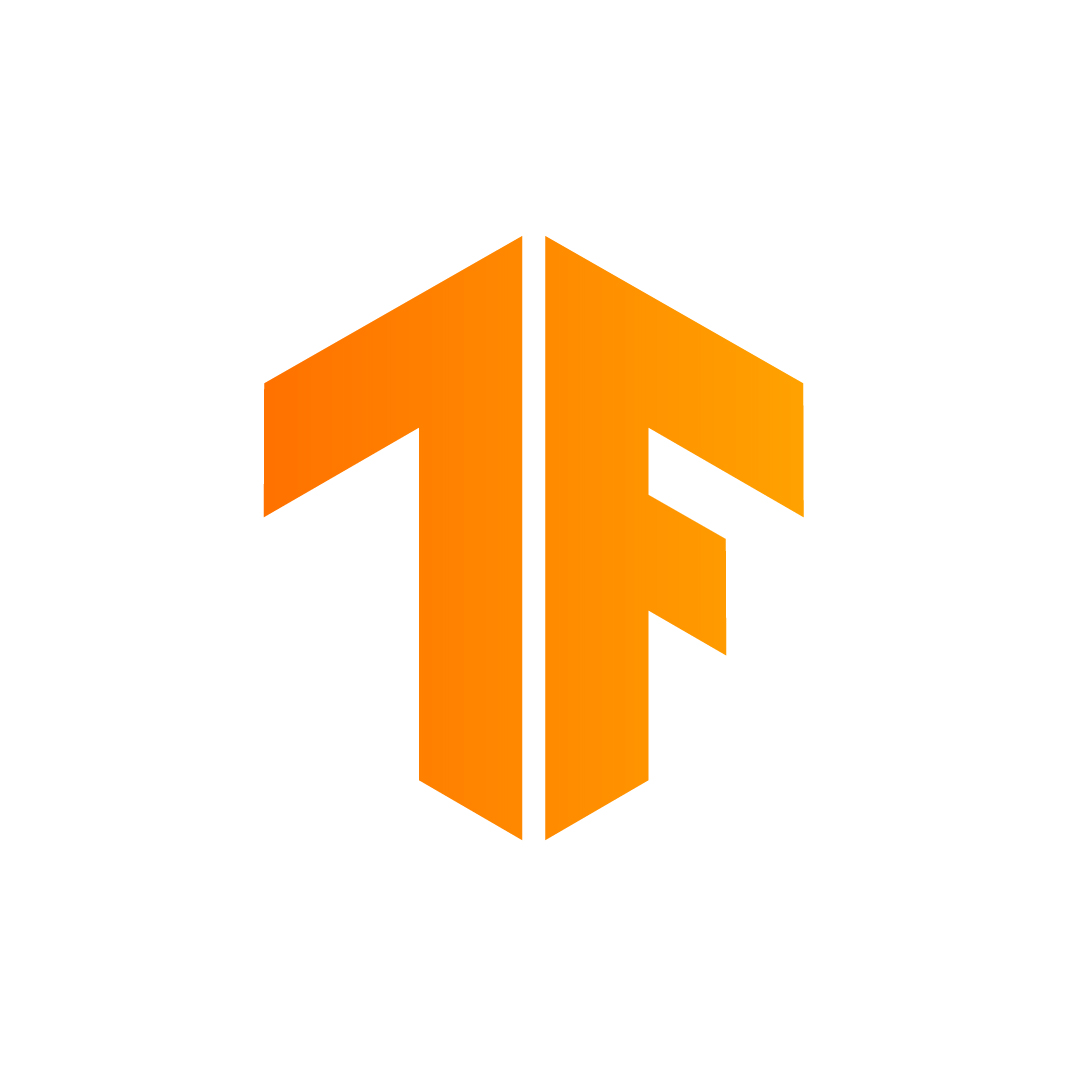Linux CPU |
Linux GPU PIP |
Mac OS CPU |
Android |
|---|---|---|---|
TensorFlow is an open source software library for numerical computation using data flow graphs. Nodes in the graph represent mathematical operations, while the graph edges represent the multidimensional data arrays (tensors) that flow between them. This flexible architecture lets you deploy computation to one or more CPUs or GPUs in a desktop, server, or mobile device without rewriting code. TensorFlow also includes TensorBoard, a data visualization toolkit.
TensorFlow was originally developed by researchers and engineers working on the Google Brain team within Google's Machine Intelligence research organization for the purposes of conducting machine learning and deep neural networks research. The system is general enough to be applicable in a wide variety of other domains, as well.
If you'd like to contribute to TensorFlow, be sure to review the contribution guidelines.
We use GitHub issues for tracking requests and bugs, but please see Community for general questions and discussion.
See Download and Setup for instructions on how to install our release binaries or how to build from source.
People who are a little more adventurous can also try our nightly binaries:
- Linux CPU-only: Python 2 (build history) / Python 3.4 (build history) / Python 3.5 (build history)
- Linux GPU: Python 2 (build history) / Python 3.4 (build history) / Python 3.5 (build history)
- Mac CPU-only: Python 2 (build history) / Python 3 (build history)
- Mac GPU: Python 2 (build history) / Python 3 (build history)
- Android (build history)
$ python>>> import tensorflow as tf
>>> hello = tf.constant('Hello, TensorFlow!')
>>> sess = tf.Session()
>>> sess.run(hello)
Hello, TensorFlow!
>>> a = tf.constant(10)
>>> b = tf.constant(32)
>>> sess.run(a+b)
42
>>>##For more information
- TensorFlow website
- TensorFlow whitepaper
- TensorFlow Model Zoo
- [TensorFlow MOOC on Udacity] (https://www.udacity.com/course/deep-learning--ud730)
The TensorFlow community has created amazing things with TensorFlow, please see the resources section of tensorflow.org for an incomplete list.
